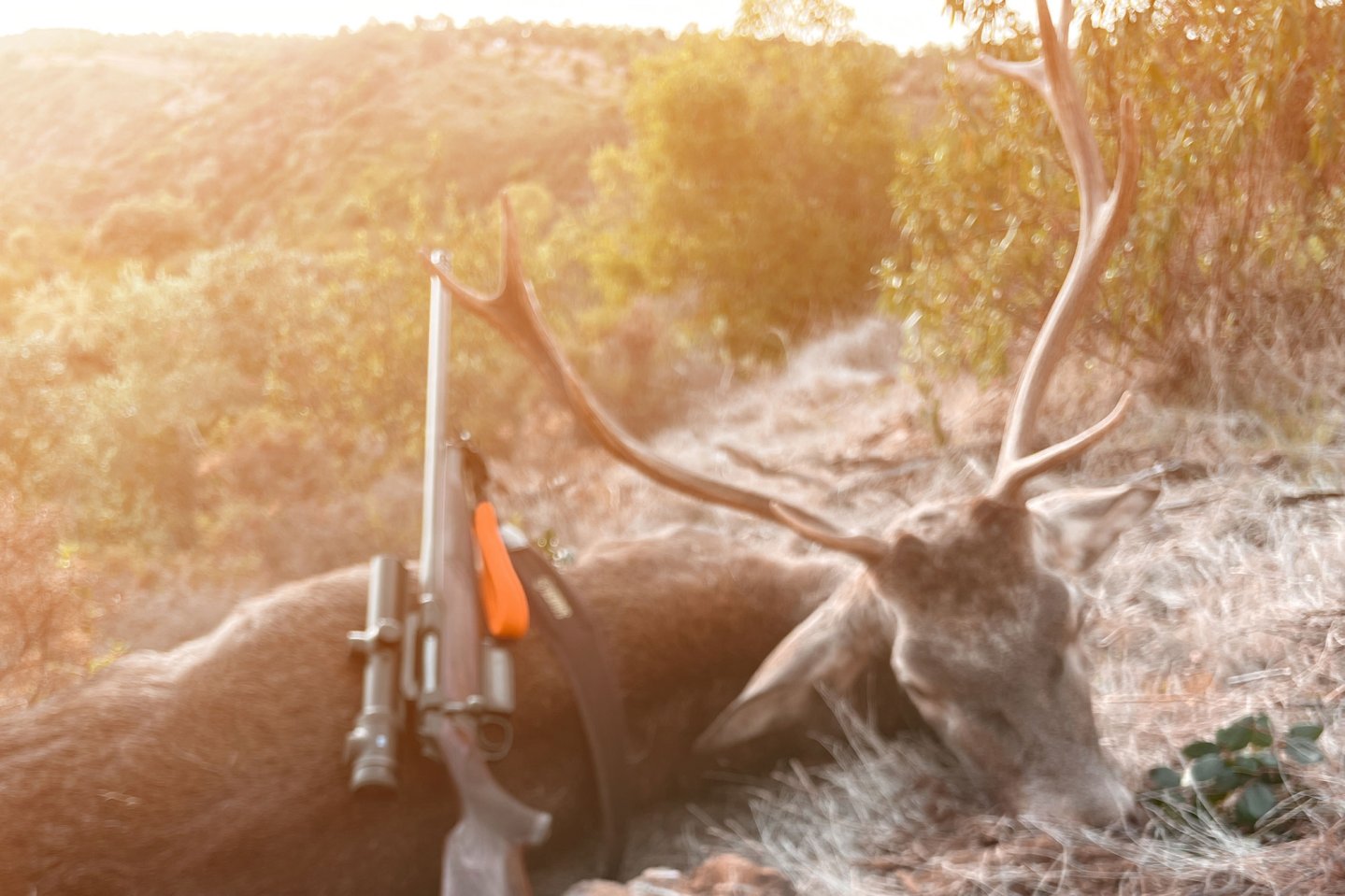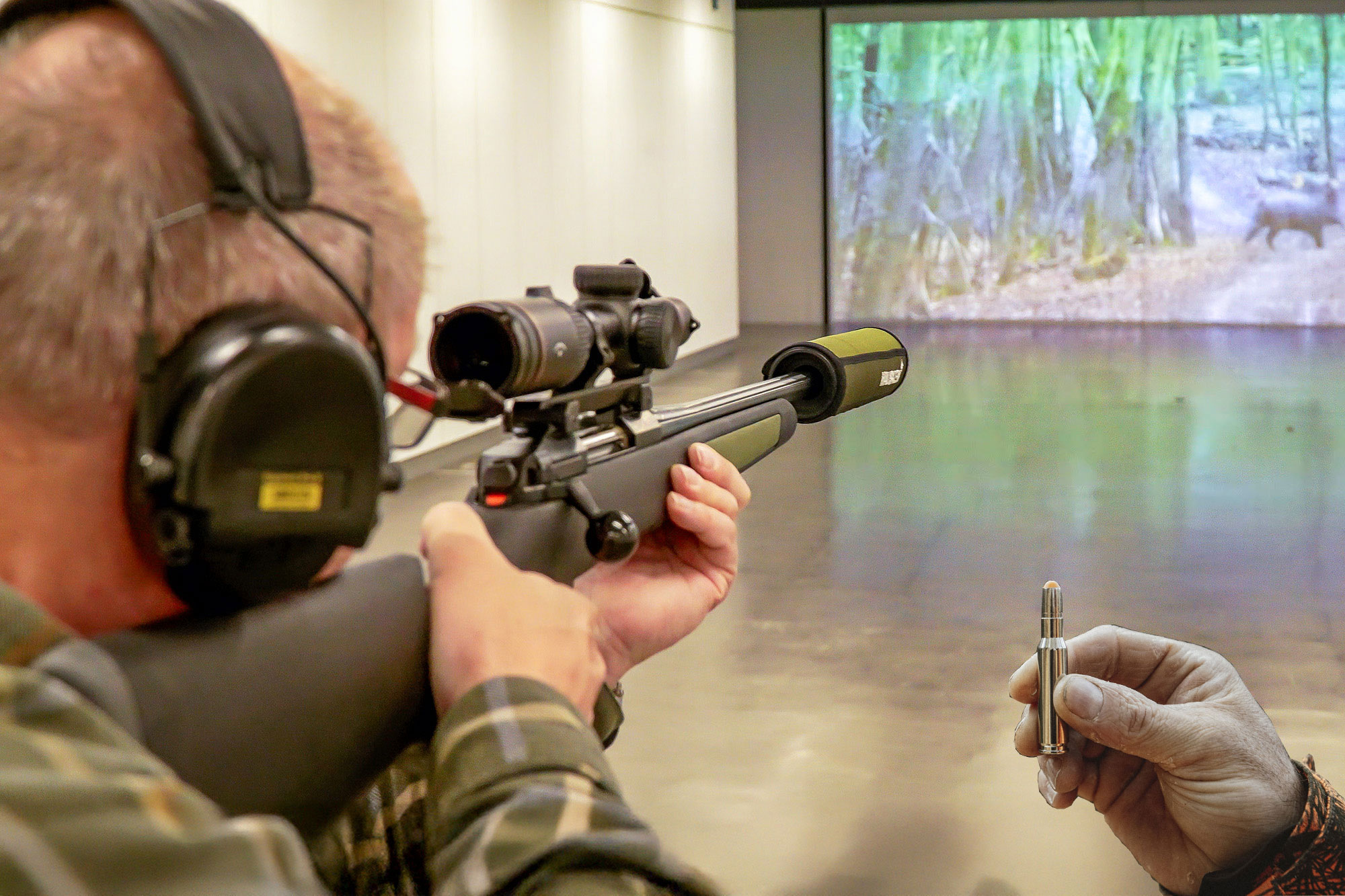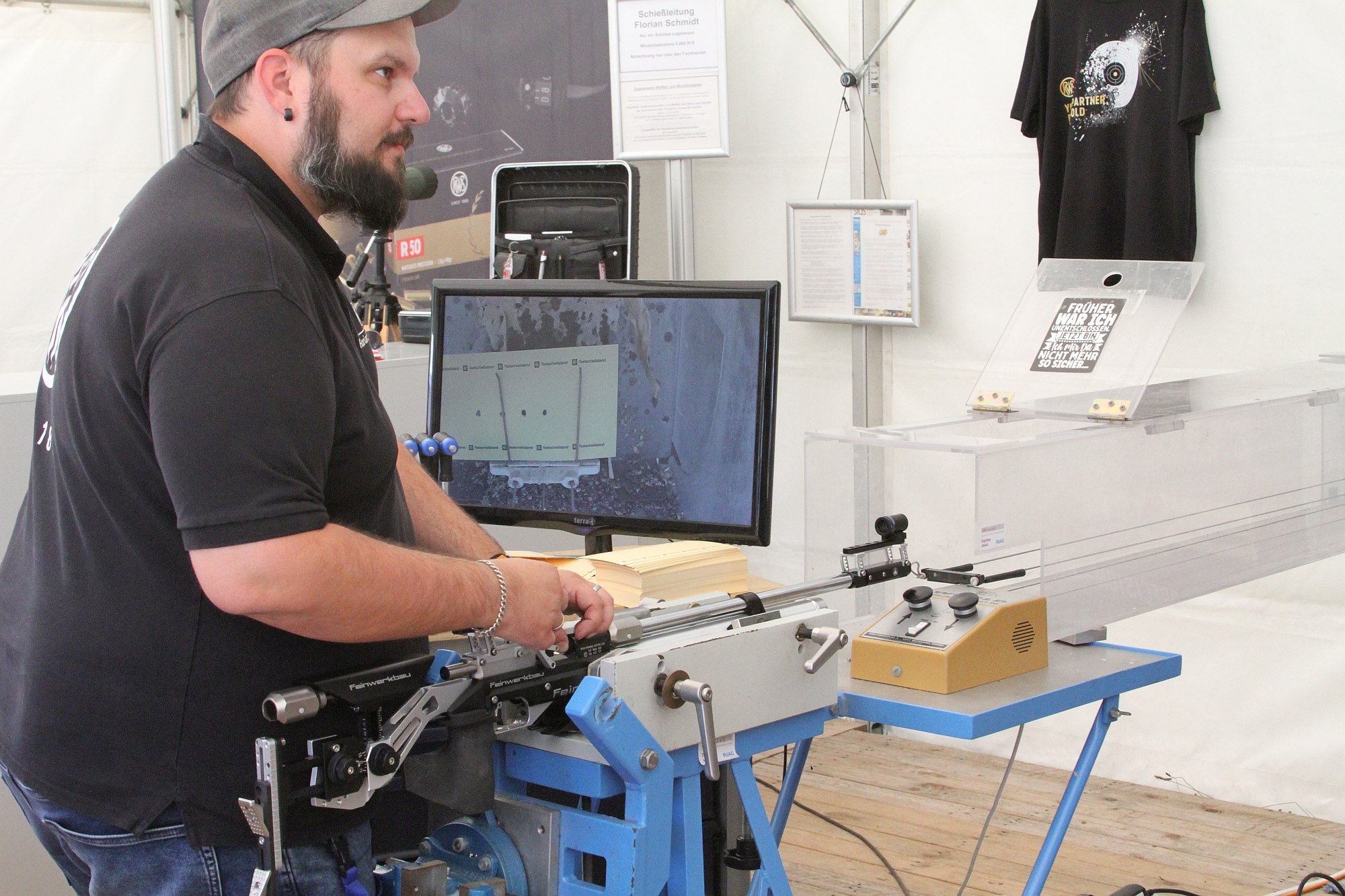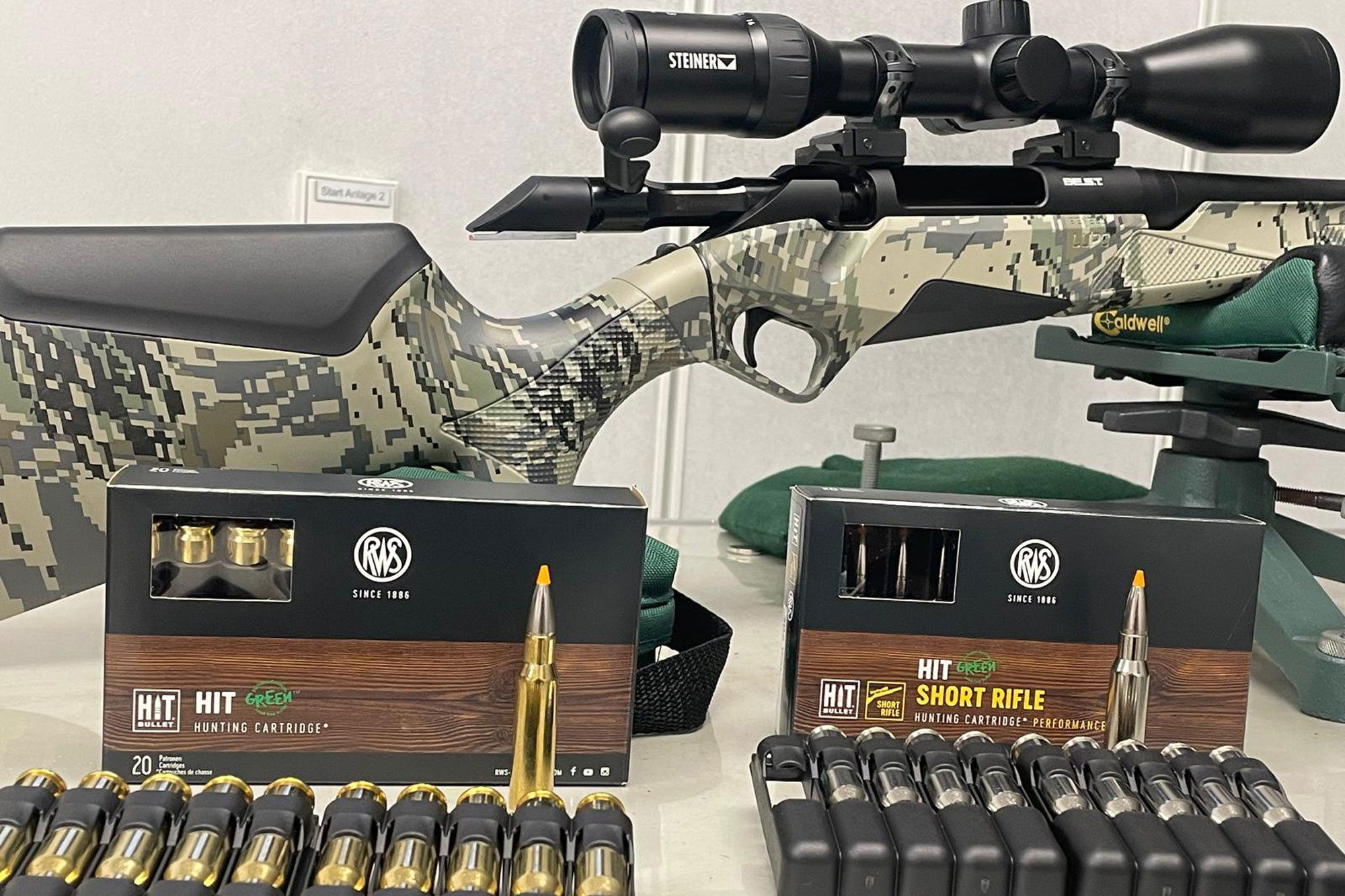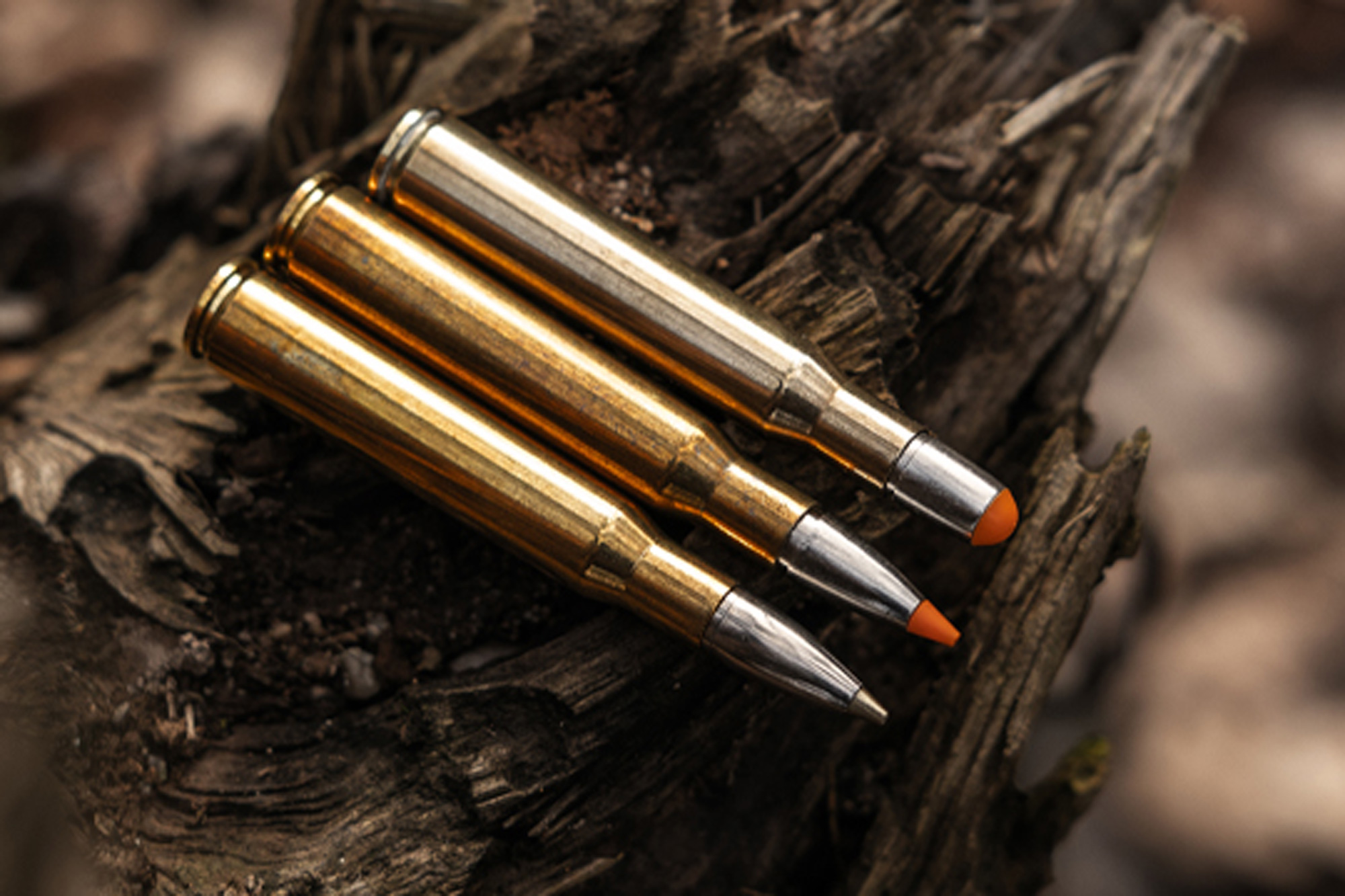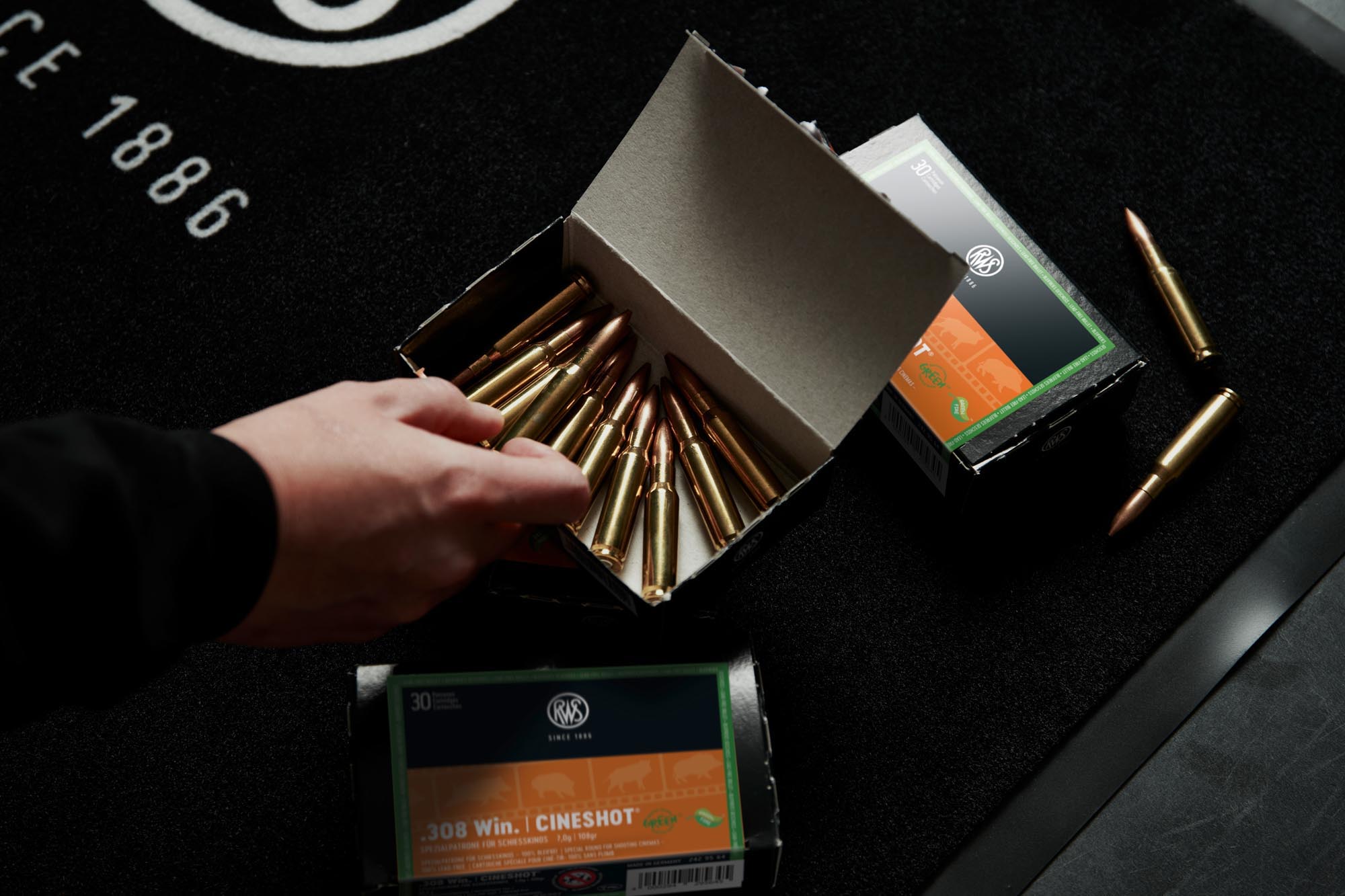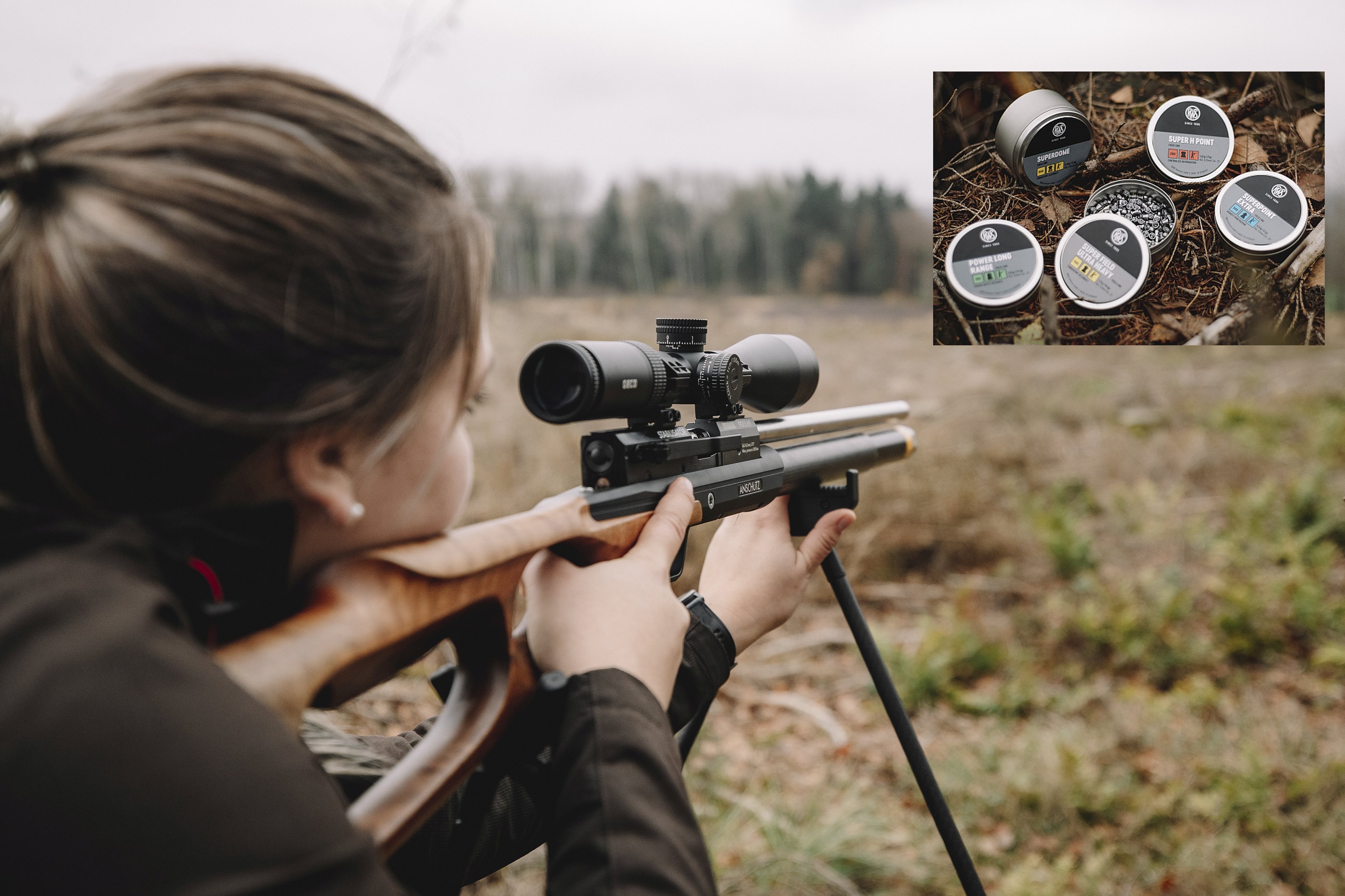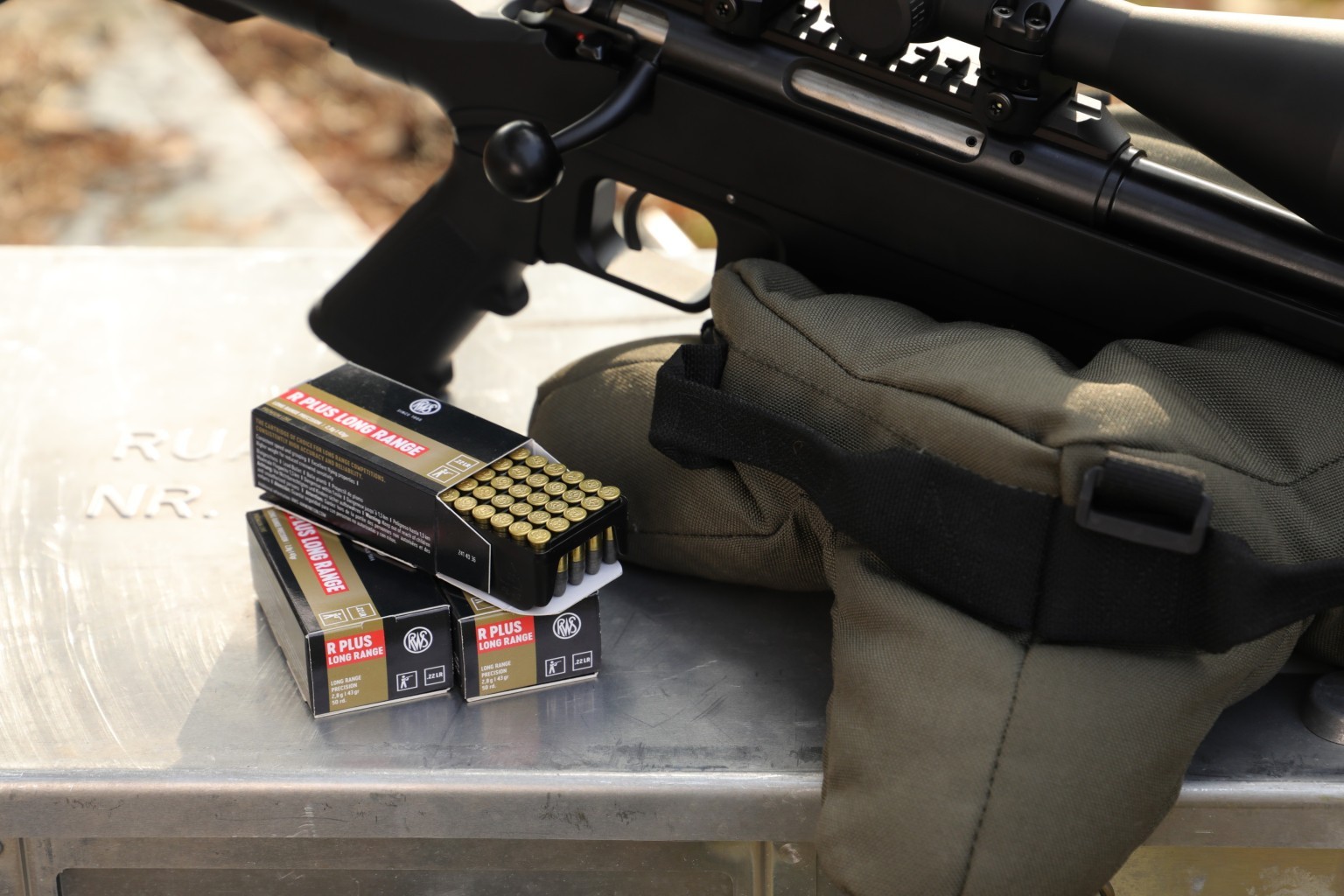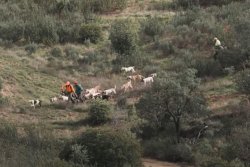
In the extreme southwest of Spain, not far from the border with Portugal, near the tranquil town of El Granado, lies one of the most beautiful hunting grounds in Andalusia. It is characterized by many hills that criss-cross the landscape in a wild and rugged way and are overgrown with evergreen maquis and scattered holm oaks. Red deer and wild boar are among the preferred game species hunted there. This is also the case with the montería, in which the well-known German hunting blogger Steffen Foullon was able to participate in the last hunting season.
Foullon describes what makes such a driven hunt in Spain so special for him: "As a hunter who loves driven hunts, the main attraction of a montería is the completely different environment and the many dogs. In Central European forests, visibility is often very limited due to the geographical conditions and the typical flora. In Spain you can often see game approaching at many 100 meters. Waiting for the best time to take an accurate and ethical shot here is incredibly exciting."
Video: impressions from the Spanish "montería" driven hunt with the RWS Driven Hunt in Andalusia
In the video from RWS, you can be up close and personal with the Spanish driven hunt in the southwest of Andalusia described here and experience the most important moments of this montería. The start of a classic montería in Andalusia is the so-called migas. This is a traditional hunting breakfast where a fried egg is placed on crusty pieces of bread with plenty of good olive oil, garlic and slices of chorizo sausage. Immediately after the migas, the draw for the stalls takes place. That's right: in contrast to the driven hunts in Spain, it is Lady Luck who decides who will be placed where. Hunters hope that their lot will fall on one of the coveted traviesas, i.e. one of the more promising stands in the middle of the hunt. Participants are somewhat less happy about an armada, i.e. a stall on the flanks of the action. Good fortune was with Foullon here and gave him a good stand, but more on that later.
Once the stands have been drawn, don't forget to grab one of the lunch packages offered, otherwise the time until the end of the hunt can be very long indeed – a classic montería usually lasts much longer than a driven hunt here. Instead of a guide who only takes you to the stand and gives you instructions, the hunter at the montería is provided with a secretario, i.e. a personal companion who takes him/her to the stand and also stays there. Speaking of the stand: Foullon and his secretario stood on a hill in the terrain during the hunt, the closest possible shooting distance was around 100 meters. But their position offered a fantastic all-round view. In addition to the right equipment, the secretario's experience and skill also come into play in a montería. The secretario supports the hunter during the entire hunt and is constantly in radio contact with the hunt leaders and the drivers. He also draws the shooter's attention to approaching game and documents every shot.
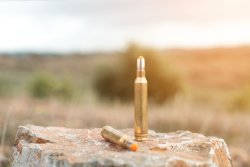
The key success factor in a Spanish montería is good preparation on the part of the hunter. An aiming stick, driven hunt binoculars with enough magnification and a cartridge suitable for this hunting use, such as the RWS Driven Hunt, are indispensable. The Driven Hunt is made with a lead-free copper deformation bullet.
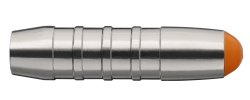
The bullet was engineered specifically for the requirements of of driven hunting and therefore has an excellent stopping and shock effect. Of course, the hunter should also use a rifle in a caliber suitable for such a hunt. Foullon suggests here: "I recommend at least a .30-06 Springfield, but better still a magnum caliber – such as a 7 mm Remington Magnum, a .300 Winchester Short Magnum or the .300 Winchester Magnum, in order to be prepared for long shots." Meanwhile, in .308 Winchester and .30-06 Springfield calibers, there is also a special variant for short-barreled rifles, such as those often used with silencers. We have already reported here on all4hunters.com about the effect of the RWS Driven Hunt Short Rifle ammunition.
But back to the course of the montería. Shortly after moving into the stand, the hustle and bustle began and the first dogs were heard – more than 100 dogs are not uncommon at a montería. All wild boar could be shot, with the exception of leading sows. In addition, all antlered animals were available, and the hunt leaders expressly wanted them to be shot if possible. Female red deer were also allowed to be hunted – of course, according to the principle: young before old.
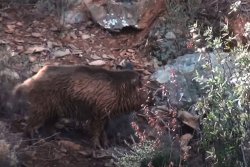
Hunt.
Near Foullon's stand, the dogs quickly brought a stag came into range. It quickly ran away, but then provided another quick opportunity so that the experienced hunter could bring it down cleanly. After that there was still plenty of attempt, but at first there were no chance for justifiable shots. Until things got really exciting again in the last third of the action: a strong boar was huddling in a thicket on the opposite slope. The dogs drove the boar out of it. Now not only shooting skills were required, but also discipline and prudence. Foullons let his rifle follow the black boar, and thanks to a cleanly aimed bullet, this piece of game was also in the bag. So Foullon had been lucky in the truest sense of the word and had probably drawn the right lot in the morning!
After a total of five exciting hours, the hustle and bustle was over and "hammer uncocked". The hunters returned to the gathering point. Meanwhile, the hunted animals were recovered in the traditional way with mules or donkeys. During this process, all the pieces were given a game tag for proper identification. Spaniards don't have any division into age or trophy classes. The trophy holders are assigned to their killers on the basis of the said game tags. The distinction is made according to a) representative of its species, b) bronze medal, c) silver medal and d) gold medal. As a rule, a taxidermist appointed by the organizer will then accept the wishes of the successful shooters.
You can find out more about the driven hunt ammunition described above here on the RWS Driven Hunt product website.
Here you can find more information about the manufacturer RWS and its product range.


